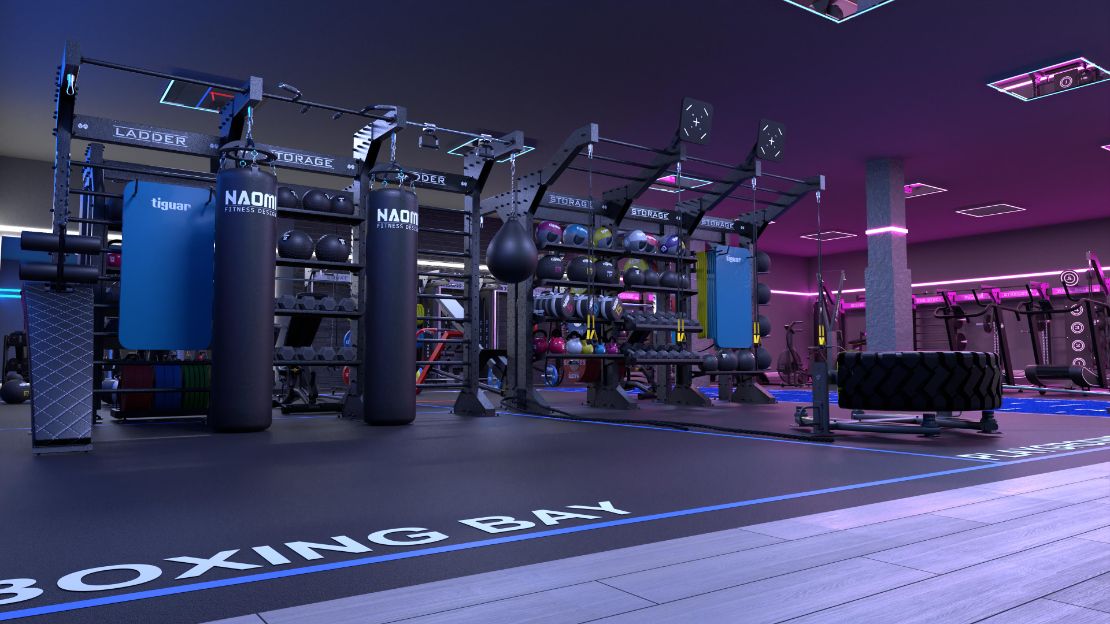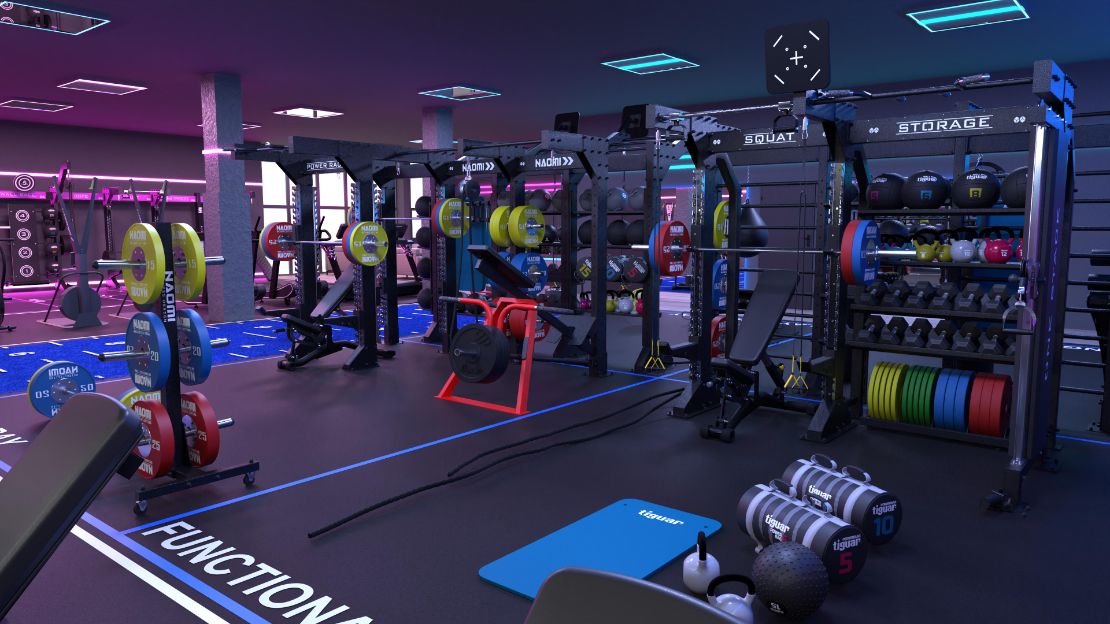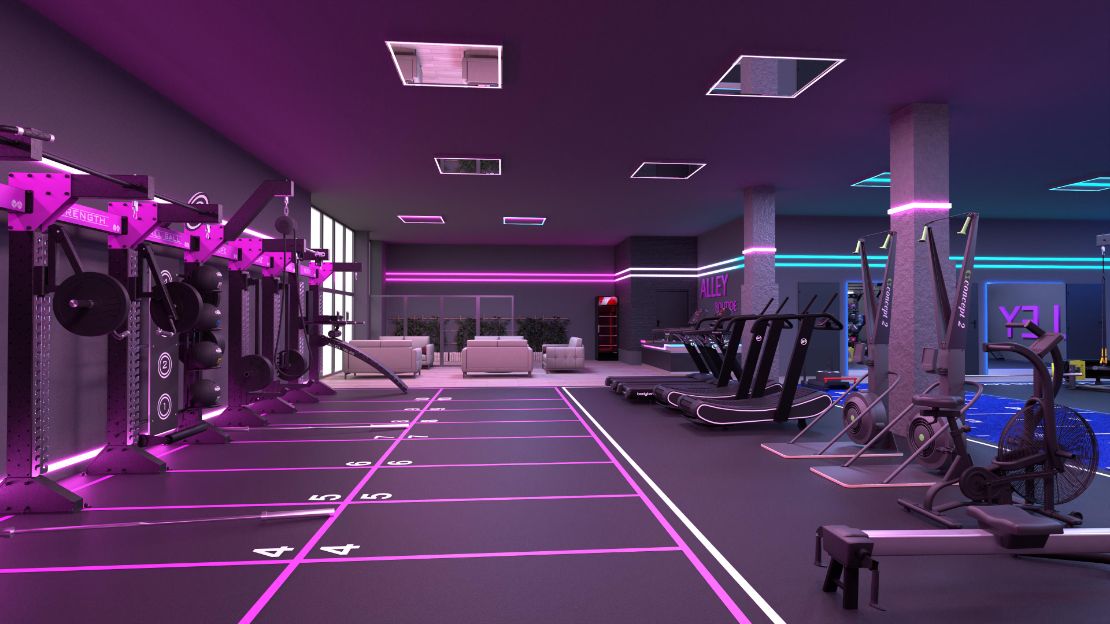BLOG POST
THE EVOLUTION OF FITNESS EQUIPMENT: FROM TRADITIONAL METHODS TO MODERN TRAINING CAGES

Welcome to the fascinating world of fitness, where the history of exercise equipment somewhat resembles human evolution—with the difference that instead of evolving from apes to humans, we’ve progressed from stones and sticks to technologically advanced marvels. The journey of fitness equipment development is a reflection of our relentless pursuit of efficiency, versatility, and style in the realm of physical training.
THE HISTORY OF FITNESS EQUIPMENT DEVELOPMENT
The earliest fitness devices were as rudimentary as Rocky Balboa's training regimen with raw meat. In the 19th century, when gentlemen lifted weights and ladies engaged in graceful exercise routines, the equipment began to take on more complex forms. These early devices, though simple, laid the foundation for the sophisticated machines we see today.
The real revolution began in the 1970s when Arnold Schwarzenegger introduced training machines to the mainstream through his silver screen appearances. This era marked a pivotal moment in the evolution of fitness equipment. Machines became more specialized, resembling futuristic gadgets rather than mere tools for exercise. Since then, the world of fitness has never looked back, continuously evolving toward more advanced and efficient training systems.

ADVANTAGES OF MODERN TRAINING CAGES COMPARED TO TRADITIONAL METHODS
In an era where icons like Hulk Hogan built their legends on intense strength training, the advent of modern training cages represents a significant leap forward. These cages are akin to luxurious homes in Beverly Hills, offering everything a fitness enthusiast could dream of. Imagine a Swiss army knife of the fitness world—modern training cages are exactly that, providing the versatility to perform squats, pull-ups, presses, and stack work, all within a single unit. The only thing they might not do is make you a post-workout smoothie.
1: Versatility and modularity
Modern training cages offer unparalleled flexibility, allowing users to easily adapt the equipment for various types of workouts. Thanks to their modular design, these cages are suitable for strength training, functional training, and even group sessions. This is a stark contrast to traditional devices, which were often designed for one specific exercise, thereby limiting the user’s possibilities.
2: Customization and space efficiency
One of the key advantages of training cages is their high degree of customization. Unlike traditional devices, these cages can be tailored to the specific needs and space of the client. Whether it’s choosing the color scheme, adding a logo, or configuring the layout, these cages can be designed to create a unique training space that perfectly fits the aesthetic of any fitness club.
3: Enhanced training efficiency
Modern training cages also enhance training efficiency by integrating multiple exercise options into one system. This allows users to complete a full workout in a single location, reducing the need to move from one machine to another. This not only saves time but also increases the intensity and effectiveness of the workout. Additionally, the design of these cages facilitates organised group sessions, something that is often challenging with traditional machines.

CONCLUSION
If you aspire to train like a star and use equipment that truly enhances your workout, modern training cages are the answer. In the world of fitness, we’ve come a long way from simple devices, but one thing remains unchanged: the desire to be better, faster, and stronger. Modern training cages embody this evolution, offering a comprehensive and stylish approach to achieving your fitness goals, making every workout worthy of a red carpet experience.